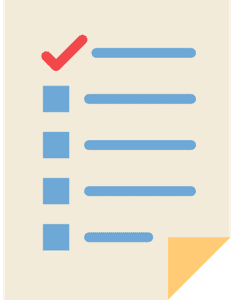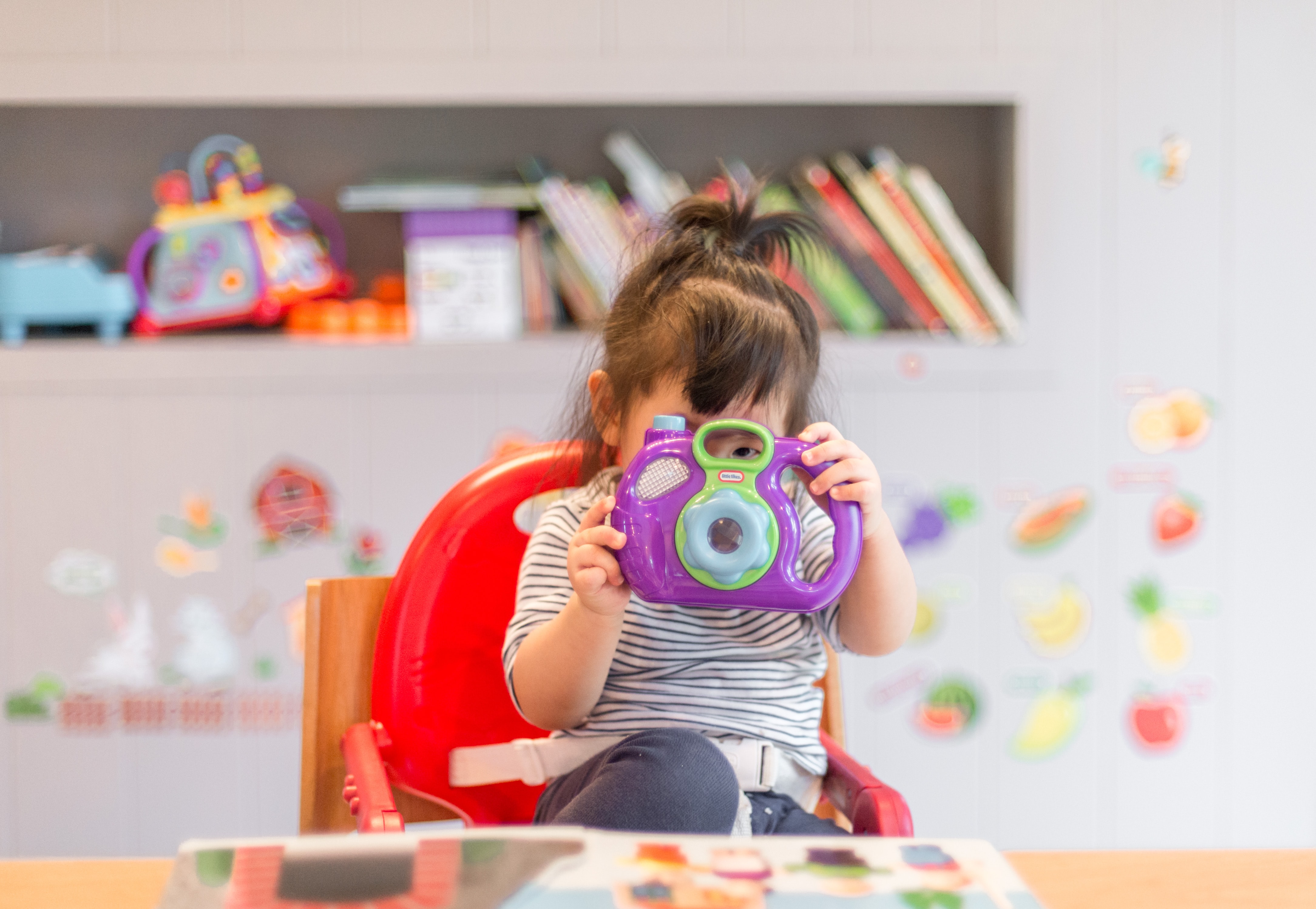Making Distance Learning Work in Early Childhood Education, a Conversation with Caitlin Schmitt

In this interview, we sat down with Caitlin Schmitt, the Director of Marin Enrichment, which is an early childhood and elementary school in California. She discusses the challenges of transitioning to an online learning environment, ideas to structure distance learning for maximum engagement, and tips to communicate effectively with families.
By the way, this conversation was originally featured on our podcast, which you can listen to here or on Apple Podcasts and Spotify.
What is the impact of COVID-19 on the kids that you work with, and what should educators and parents be doing to help students adjust to all of these changes?
I think that this is an excellent opportunity for parents and teachers to model to their children and students our survival skills in real-time and how we respond to the crisis.
Lots of focus right now is on the lesson planning, the math, the different things that children are missing out on by not being at school. We need to come together as a community and see what we can be showing and teaching our children by example – how we respond to the teachers that give us the lesson plans, how we treat our community outside on the trails, and how we give each other's space while still being kind to each other.
This is a great opportunity to teach our children emotional intelligence and how to problem solve; it’s an opportunity for growth.
What sort of advice would you give to those parents to help them transition into the role of being a support for their children during this time?
I would say to 100 percent make sure they are still finding time to do what they consistently love to do, those things that they did while their children were at school. So whether that be taking an in-home pilates class or doing a face mask, make sure that you still do that, and if you're comfortable, allow your children to join you because it could be quite a wonderful experience to share what you love to do with your kids.
I would also recommend for parents to have their kids play outside, go crazy a little bit, turn music on, and move their bodies as much as possible.
If they live in a safe area, they can have relay races around the block just to get their energies out. They're usually out on the playground for a couple of hours a day, so it’s important to get exercise even if it's disguised.
How has a school day changed for you as an educator over this period?
We quickly realized that having a preschooler on zoom for a certain amount of time is not really tangible because we all know carpet time shouldn't be longer than eight minutes. We know that we want to reduce screen time for kids, and we're trying to problem solve and figure that out. So we started with zoom lessons for our full school day, but offered families the ability to opt-in or opt-out.
We knew that students wouldn't stay on an entire day, but they could come in for a piece. But then we realized that by giving that long length of time, there wasn't enough participation at any given moment. So then we shortened our zoom time, and now we're doing YouTube lessons as well so that any family member that can't hop on zoom during a certain period will then just go to YouTube and pick any craft that they want to do, which is teacher-led, and go through that.
How do you as an educator foster that sort of student engagement between the students? Do you do anything actively during your lessons to get them interacting with each other?
Our teachers are amazing; they've been with us for 22 years and are so captivating. They will hop on and do a segment, so when teacher David hops on, it'll go from a black screen to him in a wig or with sunscreen all over his nose with a beach towel. Every day teachers are keeping the focus with different tools, props, and movement. It's pretty similar engagement as the classroom with open-ended questions and things like that.
Are you and your staff also making plans for sort of long term changes to your process at the school?
Once school is back in session, we're going to head right back to our fundamental play-based philosophy. We as a program love the technology that we have to communicate with parents and the overhead administrative technology. But our philosophy as a whole is social and emotional development. And we love the classroom and believe that the kids socializing and playing with each other is so important, so that’s what we're going to head right back to.
We will always be on the pulse of new technology that will help parents with ease. However, our philosophy is developing the child's ability to play with others and deal with their emotions, and that's what you learn through an emergent curriculum. We want to avoid any screens in front of the students.
What's the sense that you're getting from these families? And how are you as an administrator, helping your families address any concerns that they may have?
I'm very good at communicating, and I use Curacubby’s email and text system to draft emails and send them out to all my families. So back in Spring, I was very proactive in communicating what we could see is happening and what's potentially going to happen.
So when the school closure happened, families were prepared. They knew exactly what was going to happen and how we were going to respond. It was less of a reaction and more of a response.
We are a tight-knit school community; I know that all my parents know that we are doing the absolute best we can, and I know that my parents are doing the best they can. And any parents that are struggling, I reach out to them. I just pick up my phone and call them.
I think that we base our communication from a perspective of we're in this together rather than this is what's going to happen.











